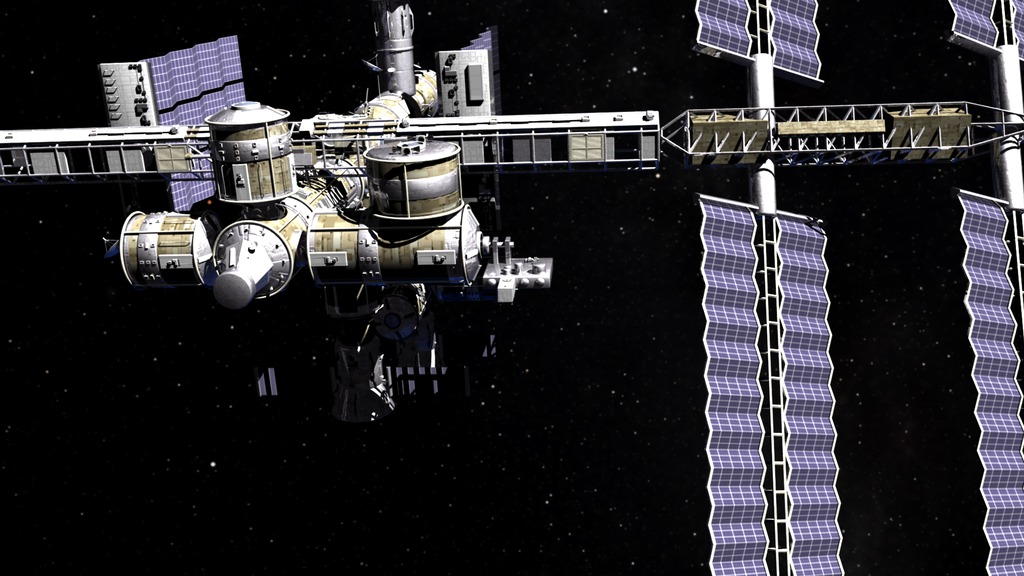CATS In Space
Earth's atmosphere may look empty, but it's actually chock-full of aerosols—tiny airborne particles such as dust, smoke and ash that seed clouds. Like clouds, these particles reflect and absorb sunlight, playing an important role in the cooling and warming of the planet. Now, with the help of a new instrument being launched this month to the International Space Station, scientists can better explore the properties of clouds and aerosols from space. The Cloud-Aerosol Transport System (CATS) is a refrigerator-sized probe that will bounce lasers into the atmosphere, collecting data on the location and composition of clouds and aerosols around the globe. The results will provide the closest look yet at how clouds form, sharpening computer models that use such information to project how cloud patterns may influence Earth's weather and climate. Watch the video for an animation that shows CATS scanning the atmosphere from orbit.

NASA is sending a holiday gift to the International Space Station: new eyes to probe our sky.
CATS will observe the atmosphere day and night, detecting and measuring the properties of clouds and aerosols.

The CATS instrument (above) will be mounted to the Japan External Module on the space station.

An engineer inspects the 1,100-pound instrument in a clean room prior to launch.

Special optics separates the instrument's laser into three different wavelengths of light that will be used to study the atmosphere.

This image shows an example of cloud and aerosol data taken by CATS.
Credits
Please give credit for this item to:
NASA's Goddard Space Flight Center
-
Animators
- Walt Feimer (HTSI)
- Andrew Young (ARTS)
- Brian Monroe (USRA)
- Michael Lentz (USRA)
-
Producer
- Rich Melnick (HTSI)
-
Scientists
- Matthew McGill (NASA/GSFC)
- John E. Yorks (SSAI)
-
Writer
- James Urton (USRA)
Release date
This page was originally published on Thursday, December 11, 2014.
This page was last updated on Wednesday, May 3, 2023 at 1:50 PM EDT.
